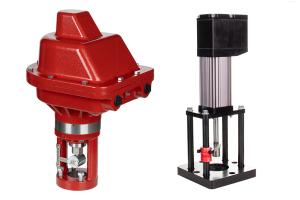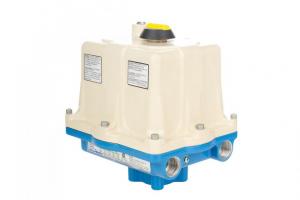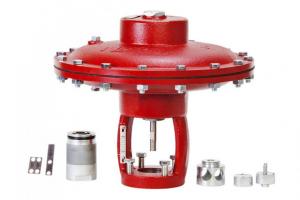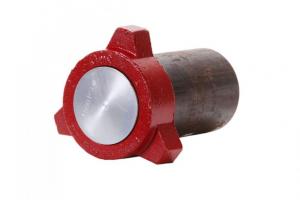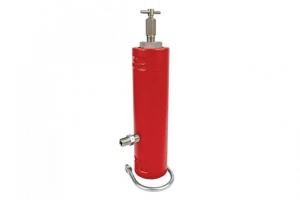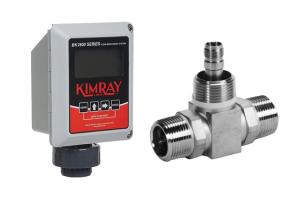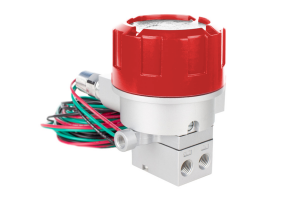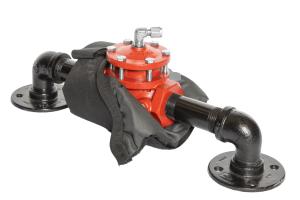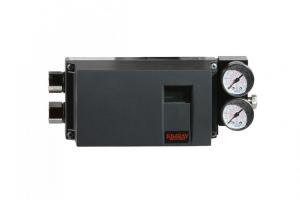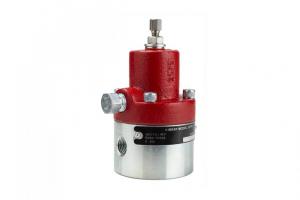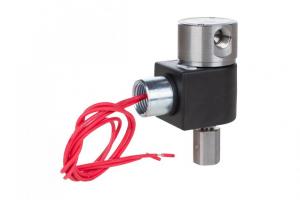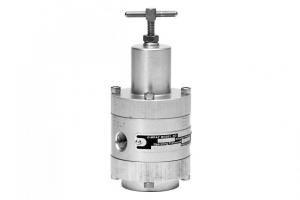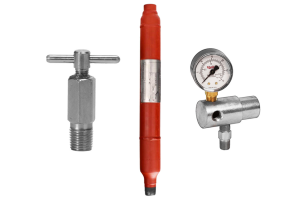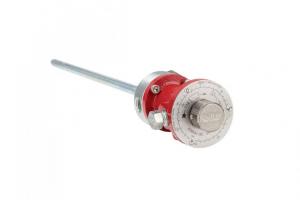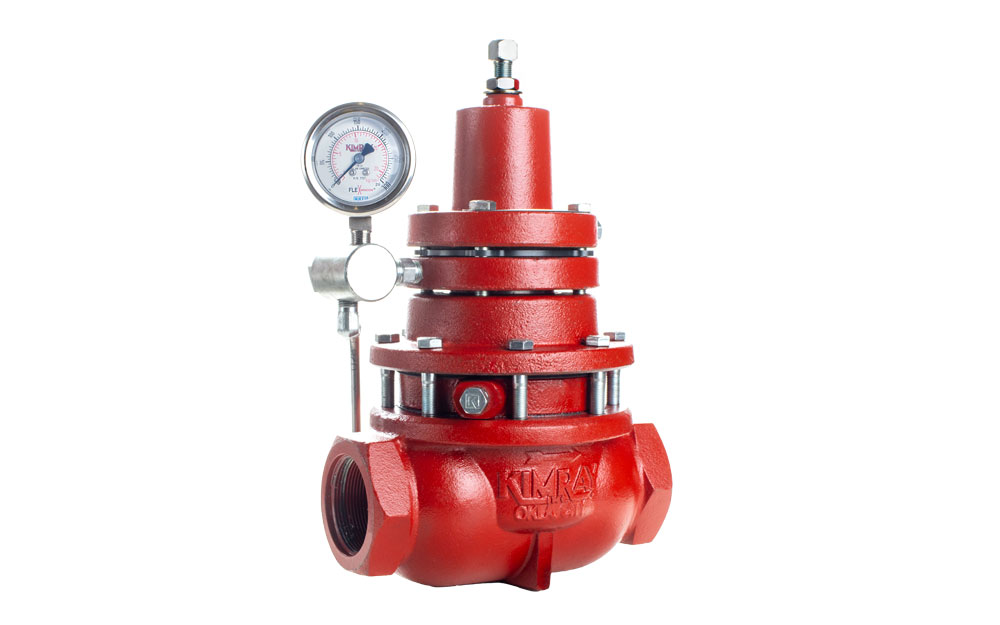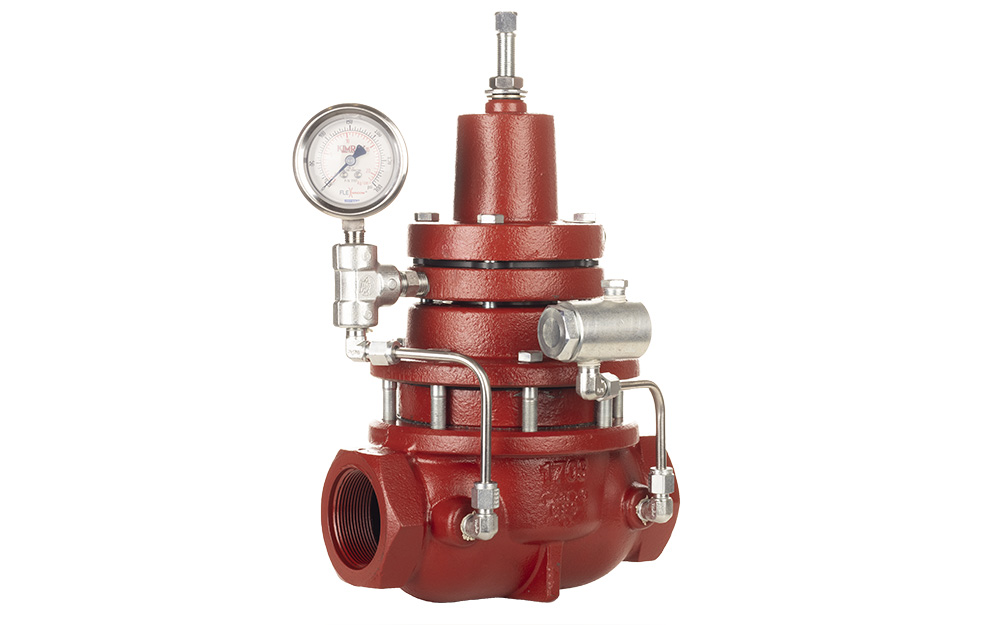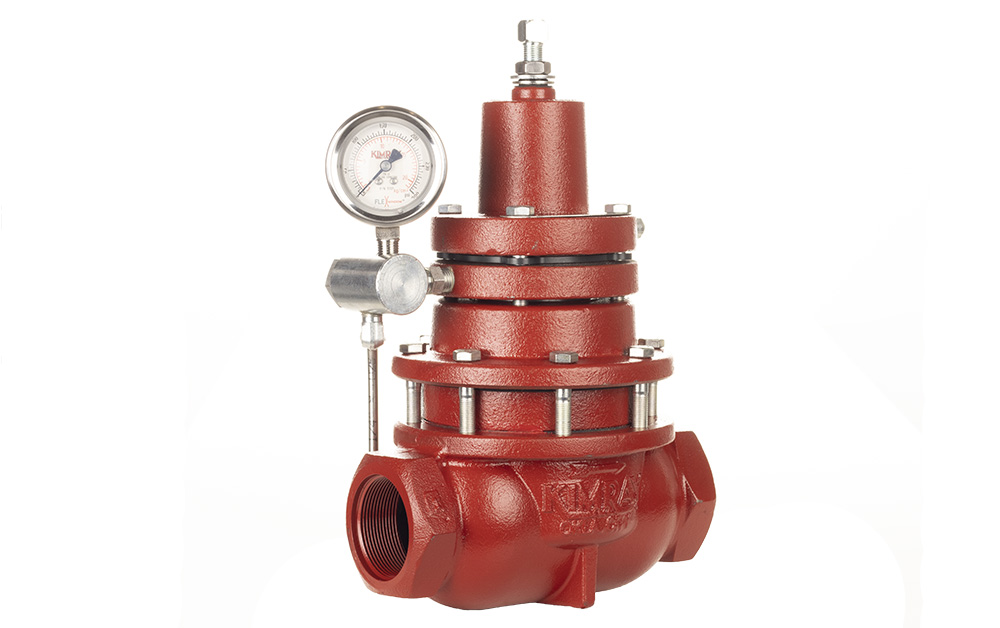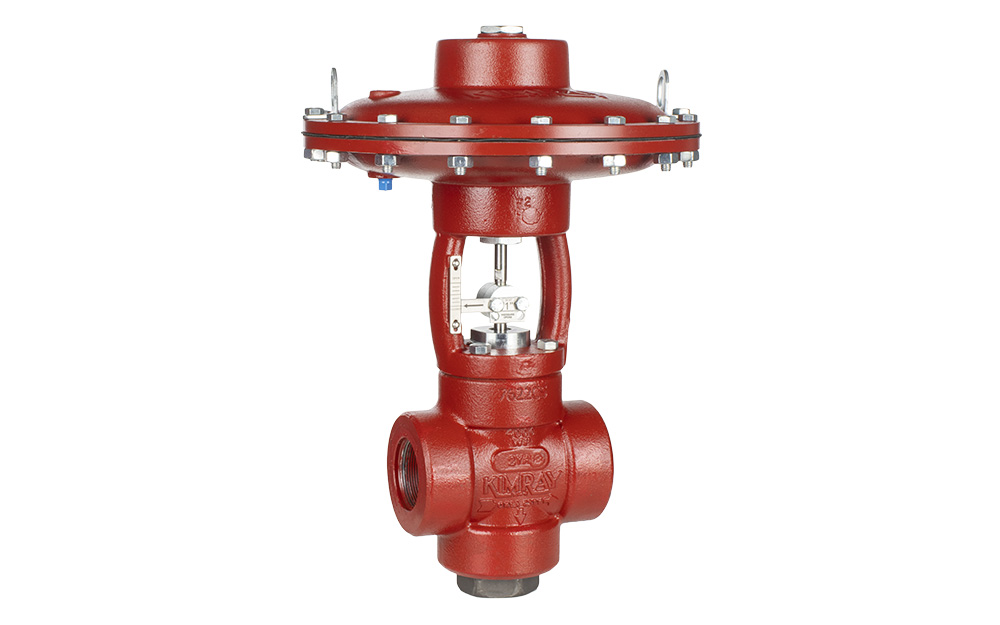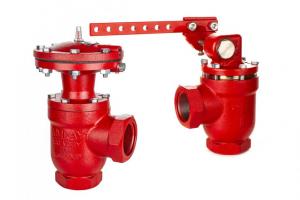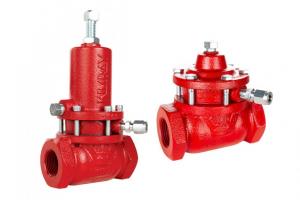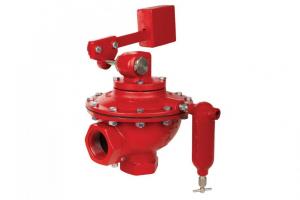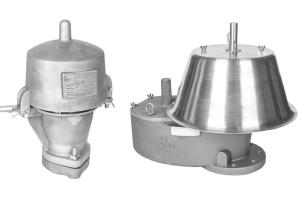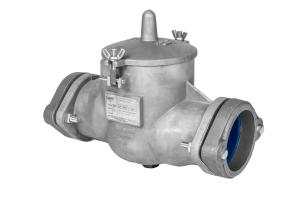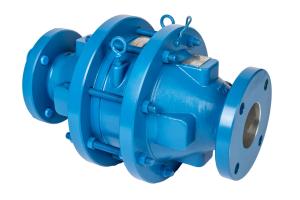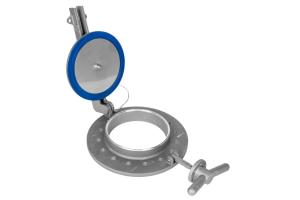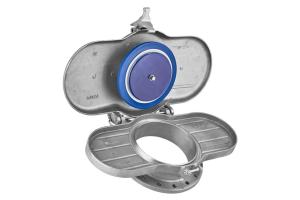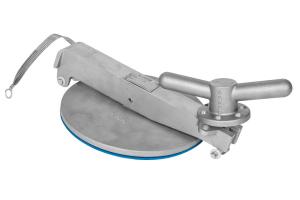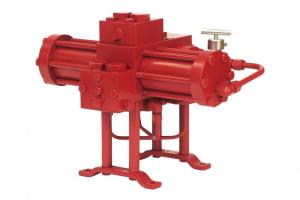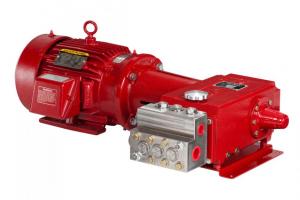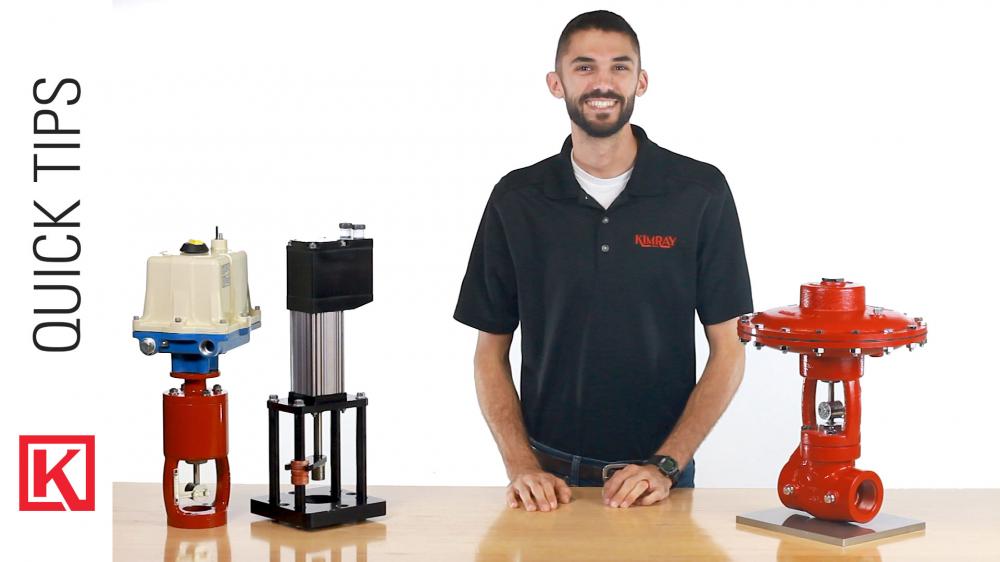
What Does an Actuator Do?
A valve actuator is the device that “actuates”—or moves—a valve open or closed.
It attaches to and works in conjunction with two parts: the valve body and the valve pilot.
WHAT ARE THE common valve actuator TYPES?
Two common types of valve actuators in upstream oil and gas operation are pneumatic and electric.
How Does a pneumatic Valve Actuator Work?
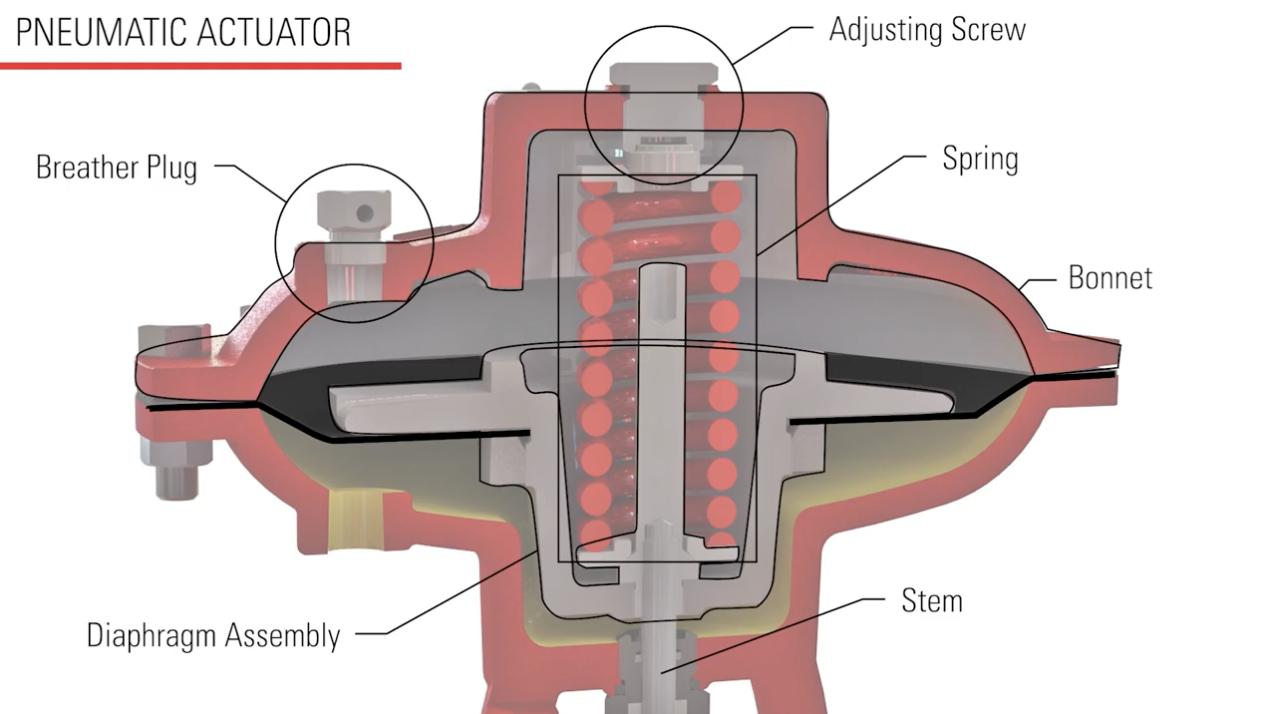
A pneumatic actuator like the one on the standard Kimray High Pressure Control Valve is typically comprised of an adjusting screw, breather plug, bonnet, spring, diaphragm assembly, and stem.
- The adjusting screw puts pre-load on the spring to engage the valve in its fail position.
- Without a pneumatic signal on the diaphragm, the valve will remain in this position.
- The diaphragm is the key component of the pneumatic actuator. This flexible and air-tight piece moves with the spring yet holds in air pressure.
- The breather plug allows the non-energized side of the diaphragm to move freely without getting air locked.
This assembly—sometimes referred to as a valve’s “Topworks”—is bolted directly on top of the valve body.
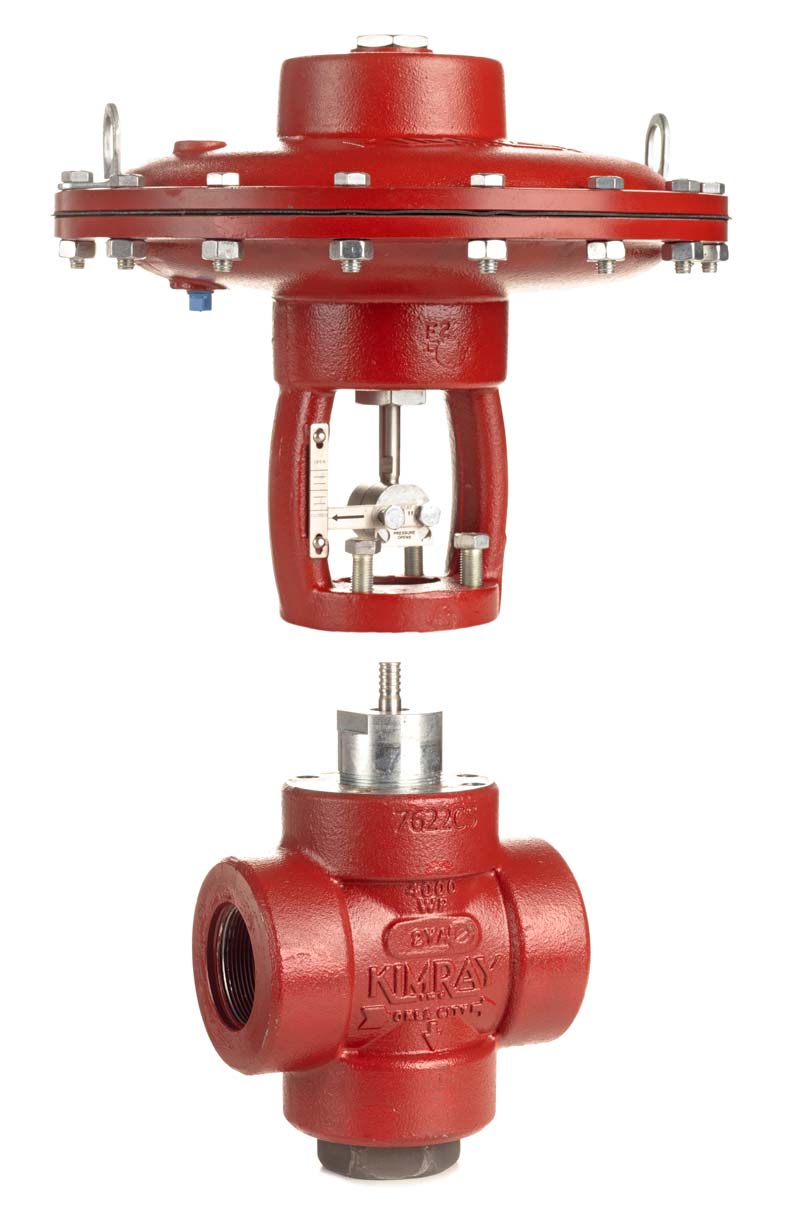
A pneumatic actuator is one component of a control valve package.
There are two other parts that are critical to the actuator’s function: the pilot and the control valve.
Pilot—A pilot senses pressure upstream or downstream of the valve and then does one of two things in response: sends a pneumatic signal that tells the actuator to open the valve, or withdraws that signal to allow the valve to close (in a pressure-open/fail-close set up).
The diaphragm pressurizes when the actuator receives a pneumatic signal from a pressure pilot. In a back pressure application, the pilot on this senses upstream pressure. Then it sends an output signal (gas) through tubing into the actuator of the valve.
As a result, the actuator actuates, driving the valve open or closed, depending on its configuration. (Note: The action in this particular valve can be reversed.)
- Control Valve—A control valve sits in the production line underneath an actuator. When the actuator receives a pneumatic signal from the pilot, the pressure pushes up on the actuator diaphragm. This opens the valve and allows process fluid or gas through the valve orifice (in a pressure-open/fail-close set up).
(For more on this, see our video “Identifying the Parts of your Control Valve Package.”)
Can a pneumatic actuator operate emissions-free?
Yes!
Pneumatic valve actuators require a source of pneumatic pressure in order to operate. The pressure can come from the natural gas available on most upstream oil and gas sites, or from air compressors.
Using compressed air is an increasingly popular practice as producers look for ways to meet their ESG commitments. A valve that uses compressed air is sometimes referred to as an air-actuated control valve.
HOW DOES AN ELECTRIC CONTROL VALVE ACTUATOR WORK?
Whereas the signal for a pneumatic actuator comes from a pressure pilot, the signal for an electric actuator comes from another outside source, like an electric pilot, Programmable Logic Controller (PLC), or Remote Terminal Unit (RTU).
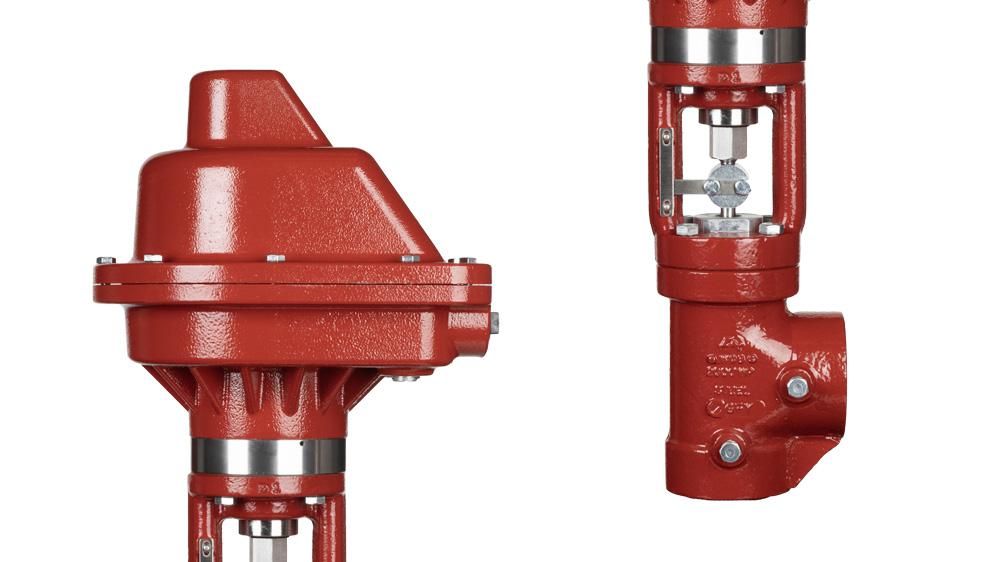
WATCH: HOW THE NEW ELECTRIC ACTUATOR WORKS
In the case of an electric actuator on a High Pressure Control Valve in a back pressure application, the electric pilot receives an analog 4-20mA signal from a sensor, which represents a process condition.
The electric pilot conditions this signal and sends a corresponding signal (4-20mA) to the electric actuator of the valve.
As a result, the actuator actuates, driving the valve open or closed, depending on its configuration.
How Do I Choose a Valve Actuator?
There are three primary factors to consider when selecting an actuator: Emissions, Automation Capabilities, and Cost.
- Emissions
As environmental regulations tighten, electric actuators are becoming more popular because they do not require the use of supply gas and therefore do not release emissions. If you want to reduce emissions with pneumatic actuators, you can power your pneumatics with compressed air or install a vapor recovery unit.
- Automation
Another factor to consider is automation capabilities. A significant benefit to using electric actuation is the ability to automate valve functions. Simply put, automation gives you the ability to monitor and control your valves offsite. With a pneumatic actuator, you can do this by using an I/P valve controller, which converts an electric signal to pneumatic.
- Cost
Cost is the third factor to consider. The upfront cost of a pneumatic actuator will typically be less than an electric actuator. However, when considering emissions management and the efficiency gains automation provides, electric actuators provide significant value.
One other benefit of electric actuation which is sometimes overlooked is worker safety.
Workplace injuries can be stressful and costly. Because electric actuation allows you to monitor and control production remotely, workers make fewer trips to the field. This means there are fewer opportunities for injuries to occur.
To speak with an expert about setting up your actuator or other control equipment, reach out to your local Kimray store or authorized distributor.
